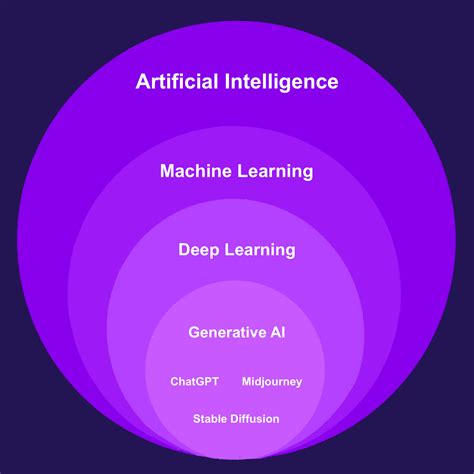The Evolution of Value in AI-Generated Digital Art: Exploring the Complexities
Artificial Intelligence (AI) has been increasingly used to generate digital art, from manipulated images to intricate 3D models. However, as AI-generated artworks have become more prevalent, the debate surrounding their value continues to unfold. In this article, we’ll delve into the complexities of AI-generated digital art and examine how its value is perceived by audiences, collectors, and critics.
The Rise of AI-Generated Art
AI has been used extensively in various forms of digital art, including:
- Image manipulation: AI algorithms can now generate images with unprecedented levels of detail, color palette, and style.
- 3D modeling: AI can create complex 3D models with intricate textures and lighting effects.
- Music composition: AI-generated music has become increasingly popular, with some artists even incorporating AI into their creative process.
Perceived Value
The value of AI-generated digital art can be subjective and influenced by various factors, such as:
- Originality vs. imitation: Some collectors may view AI-generated artworks as a novelty or an attempt to create something new, while others may see it as an imitative piece.
- Authorship: The question of who should receive credit for the artwork’s creation can be a contentious issue.
- Art historical significance

: Works that pay homage to traditional art forms or techniques can command higher prices due to their perceived value and rarity.
Audience Perception
The audience’s perception of AI-generated digital art varies widely, with some people:
- Appreciating the novelty: Some collectors see AI-generated artworks as a fascinating innovation in the world of art.
- Panning for originality: Others believe that these works lack authenticity and are merely an attempt to create something new.
On the other hand, some critics argue that AI-generated artworks are:
- Illuminating our relationship with technology: By creating art that is increasingly reliant on algorithms, we may be reflecting on our own values and understanding of creativity.
- Subverting traditional notions of value: The rise of AI-generated art challenges our conventional understanding of what constitutes value in a piece of art.
Critical Perspectives
Art critics have also weighed in on the matter:
- The critic’s dilemma: Some art critics argue that we can’t separate the artist from their creation, as it is inherently part of the artwork itself.
- Value beyond quantity: Other critics emphasize that value cannot be measured solely by the number of pieces created or sold.
Conclusion
As AI-generated digital art continues to evolve and gain acceptance in the art world, its value remains a topic of debate. While some see it as a novelty or an attempt to create something new, others view it as a significant innovation in the field. Ultimately, the perception of AI-generated artworks depends on various factors, including originality, authorship, and the artistic context.
Ultimately, whether we find value in AI-generated digital art is up to each individual. As technology continues to advance, so too will our understanding of what constitutes value in a piece of art.

